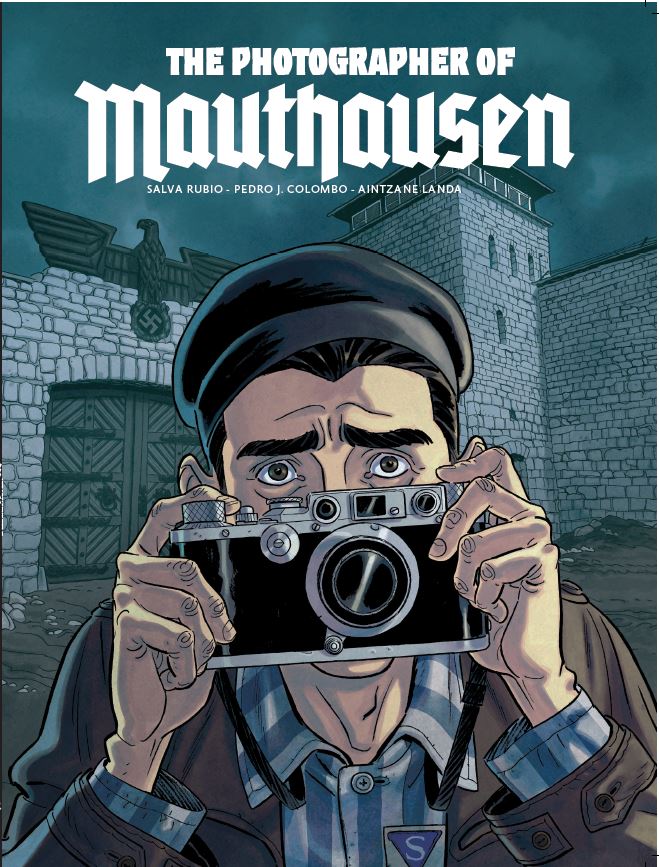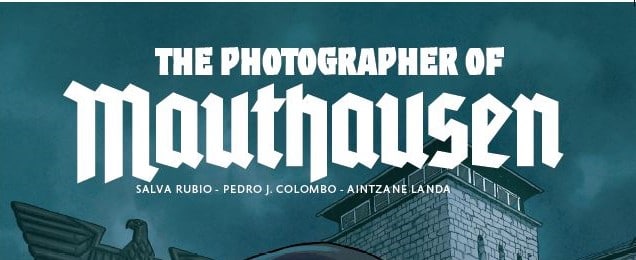
Congrats to Master Cat Salva Rubio, author of Save the Cat!® Goes to the Indies, upon this month’s English-language publication of The Photographer of Mauthausen.
Check out these early reviews:
“With exacting artistic detail, this complex and often disturbing history comes alive, and is at times thrilling, and just as often disillusioning.” —Publishers Weekly
“Francisco Boix was a Spanish photographer and communist who fled to France during the Spanish Civil War. As a WWII POW, he was taken to Mauthausen, an Austrian extermination camp for irredeemable prisoners. His work as prison photographer began with him taking pictures of prisoners as they entered the camp; he then moved on to photographing dead prisoners on the orders of SS officer Paul Ricken. To prove the injustices being performed, he arranged for the incriminating film to be smuggled out of the camp. Boix’s heart-wrenching story is written as if he is relaying his experience to his missing sister, so his feelings are expressed in a candid manner, though his incredible bravery is obvious. There are plentiful details, both written and illustrated; the fear of the prisoners is identifiable on their faces, and Colombo uses muted colors for the art in the camp. Reproductions of Boix’s photographs are drawn with a high level of detail. Recommend this to WWII buffs who think they’ve read it all.” —Booklist
“I was not familiar with Francisco Boix’s story before picking up The Photographer of Mauthausen, but the graphic novel struck such chords that I doubt I will ever forget it. The book offers insight into the lives of Mauthausen’s political prisoners and the protocols designed to exterminate them through hard labor. The artistry of the panels chronicles these realities, and … I appreciate the care and dedicated resolve Rubio, Colombo, and Landa exhibit in their handling of the material…. I am drawn to themes when reading, and more than once lost myself in the ideas this story provoked. I was intrigued by the manufacture of visual propaganda as explored in the early portion of the novel, but I was also moved by the narrative’s approach to the transformative effects of desperation, survivor guilt, and the question of how to chronicle experience to individuals who did not share in it…. Highly recommended.” —Historical Fiction Reader









